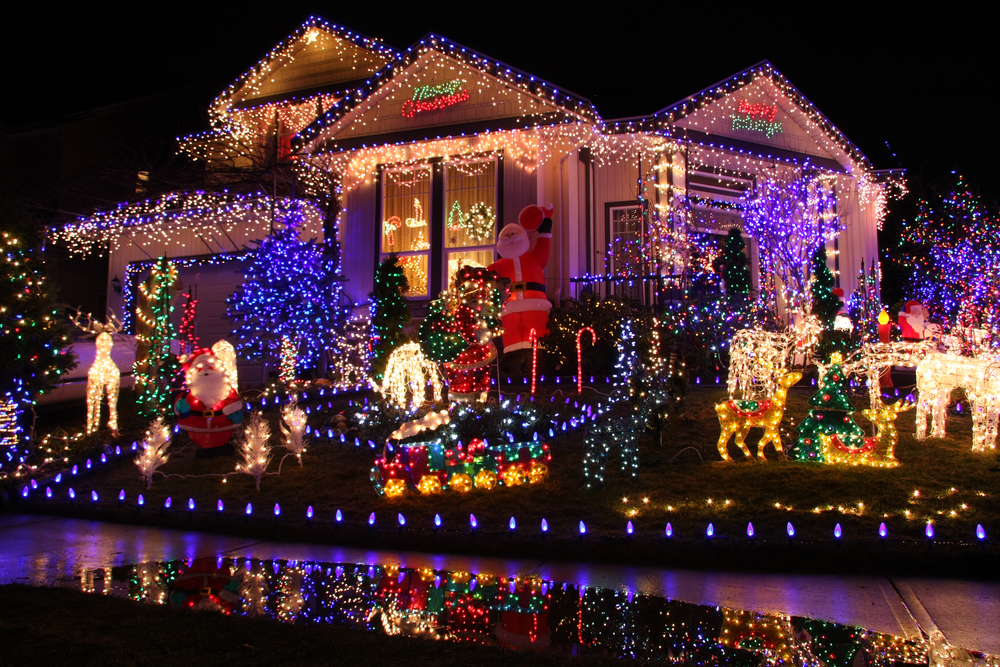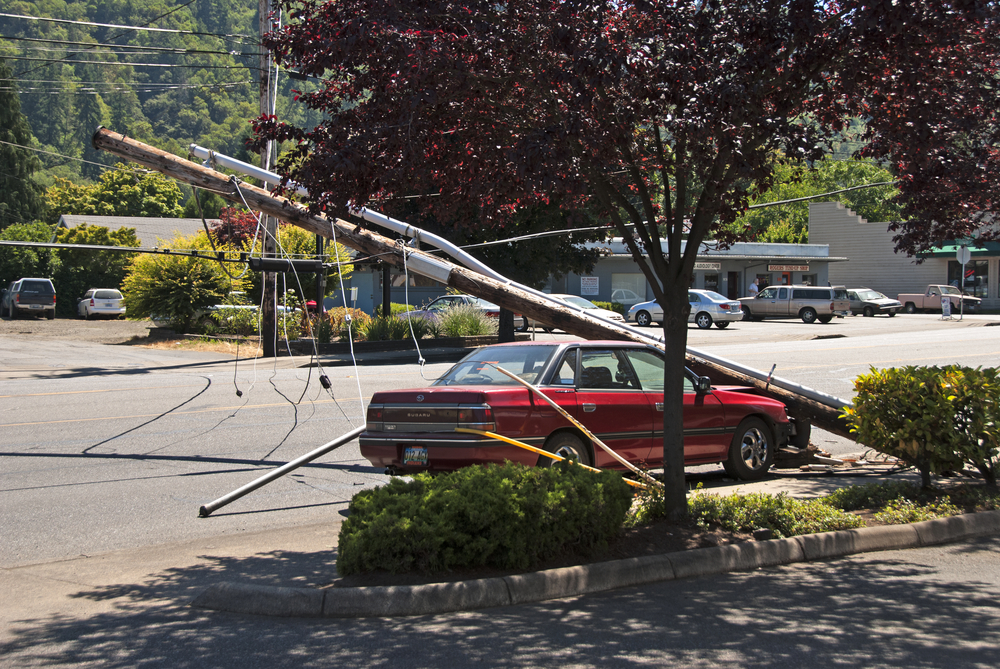What Christmas means for your Breaker Box
Every year, there is always that neighbor that goes all out during Christmas. The huge Santa Claus balloon with an adornment of magical lights on their ginger bread shape home always attracts our attention as we drive by. One person in the car may ask, ¨I wonder how much that costs? ¨
You may actually be the person we talk about OR you may want to be the next high-lighted home in the neighborhood.
How much does it cost?
If you have your electrical bill handy first find out how much you pay per kilo-watt hour to get an accurate price. However, according to EnergyStar the average price of electricity is about 11.3 cents per kilo-watt hour.
Here is your formula:
- Find out how much wattage you will be using
- Multiply 0.001 to find out the kilo-watt hour
- Multiply 5 hours a day to find kwh/day
- Multiply 30 days to find kwh/season
- Multiply 11.3 cents, or your actual cost according to your electrical bill to get your final cost.
Some Saving Tips that Add Up
Putting up Christmas lights on your front lawn, takes good planning. Try to incorporate Timers in your Christmas lights. You can get them in your Dollar Tree or Dollar General Store close by as it can prevent you from forgetting to turn off the lights during the day. Get more extension cords instead of buying the longest light strings to cover your desired area. Place the light strings on only the exposed focal points of your Christmas lawn decoration and place the extension cords in the unseen areas. Many don´t think about this, but making sure you pair the timers and extension cords to the same amperage capacities will help you save too.

Make your Home the Best with Less!
To be honest, most of us are those envious neighbors and just down play it by negatively commenting on how much they are spending on those lights. However, the truth is not now! Not now, when you have LED LIGHTS! Check out the blog on your guide to energy efficient bulbs to learn more.
With LED lights, they consume 80-90% less energy than incandescent bulbs. While incandescent bulbs last 3,000 hours, your LED can last up to 100,000 hours. LED is the way to go and is the only way to shine bright during Christmas and pay less.
If you are going to make your home the best on your street consider the cost of some typical items you would use for your roof, yard, driveway and wrapping of trees comparing the use of incandescent bulbs verses LED lights. Using these items will definitely make many stop their cars for a moment to admire the light show.
| Incandescent Watts | LED Watts | |
| 800 feet C9 String on Roof | 5,600 | 768 |
| 500 feet C) String in Yard | 3,500 | 480 |
| 10 strings for light tree | 408 | 48 |
| 15 strings for walkway tree | 612 | 72 |
| 30 strings wrapping 2 trees | 1,224 | 144 |
| 150´spool of rope light | 378 | 120 |
| 95 Icicle lights | 6,056 | 458 |
| 5 motifs | 554 | 277 |
| Total | 18,332 = $310.73 | 2,369 = $40.15 |
Smart Planning is your Savings
In the past year, if your circuit breaker kept tripping or you blew some fuses that means you didn´t plan well where you hooked up your lights. Keep in mind this time, your Christmas light wattage and amps.
In a home, an electrical circuit can have a few plug outlets. If you are attaching your Christmas lighting to the same circuit where bigger appliances get electricity from that can be a reason why you are tripping your breakers.
So when you start shopping for your Christmas lights start considering the maximum watt capacity of your string lights and the maximum watt capacity of your house circuit where you plan on plugging your lights.
- Most homes have circuits of 15 or 20 amps
- 20 amp circuits support 2,400 watts and it is recommended to never exceed 80% of its capacity, so your limit would be 1,920 max watts
- A 15 amp circuit can support 1,800 watts, so you can have up to 1,440 watts on that circuit.
When you understand the wattage and amp current, you will save on repair costs and most of all prevent your light show from becoming an explosion.
Start Planning!
Time flies and before you know it you will start hearing Christmas in the air in the radio or in the mall. Start looking for the right kind of LED lights so you can be the next home that everyone stares at in Southern Maryland!



